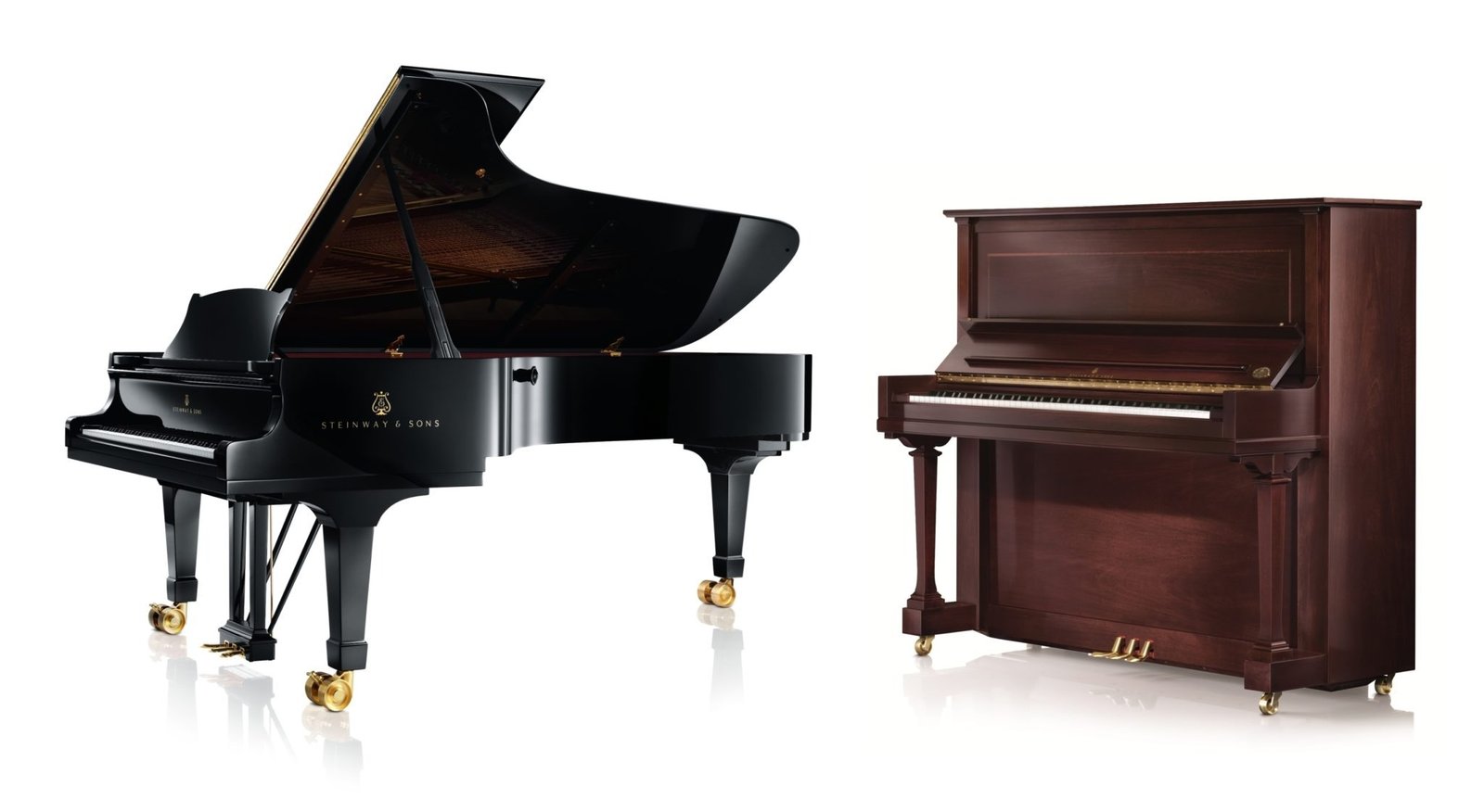How to Choose Between an Upright, Baby Grand, and Grand Piano
Selecting a piano is one of the most rewarding experiences for any musician or family. The right piano enhances both the sound and atmosphere of a home or studio, but the choices can feel overwhelming. Upright, baby grand, and grand pianos each bring distinctive qualities in tone, design, and functionality. Understanding these differences can help you make a thoughtful decision that fits your musical goals and space.
Understanding the Upright Piano
The upright piano, sometimes referred to as a vertical piano, is the most compact design. Its strings and soundboard stand vertically, allowing the instrument to fit comfortably against a wall. Homes, apartments, and classrooms with limited space find the upright piano an appealing option.
While the upright piano is smaller, it can still deliver a rich and expressive tone. Advances in design have produced uprights with improved resonance and dynamic range, making them suitable for both beginners and experienced players. For many households, the upright offers an ideal balance of affordability, durability, and sound quality.
Maintenance and tuning are straightforward, and the instrument’s modest footprint allows for convenient placement. However, upright pianos typically produce a shorter sustain and less tonal depth than their grand counterparts, making them best suited for practice rooms and modest living spaces rather than large performance areas.
Exploring the Baby Grand Piano
The baby grand piano is often chosen for its elegant design and balanced performance. Ranging from about five to six feet in length, it delivers a fuller and more nuanced sound than an upright while still fitting comfortably in many homes and studios. The horizontal string alignment and longer strings give the baby grand a broader tonal palette, offering greater control over dynamics and expression.
Many buyers appreciate the baby grand not only for its musical range but also for its visual presence. It adds a touch of refinement to any room, transforming a space into both a performance area and a statement of style. While it requires more space than an upright, careful room planning can make it a suitable centerpiece even in medium-sized living areas.
From a performance standpoint, the baby grand provides a sensitive touch and improved action response, allowing for more precise articulation and expressive control. For intermediate or advanced players, this makes a noticeable difference during extended practice or performance sessions.
The Grandeur of a Full Grand Piano
For those with ample space and a deep commitment to musical artistry, the grand piano represents the pinnacle of sound and craftsmanship. Grand pianos typically range from six to nine feet in length, with concert grands occupying the upper end of that scale. The longer strings and larger soundboard create a powerful, resonant tone that projects beautifully in concert halls and recording studios.
The touch and responsiveness of a grand piano are unmatched. Its horizontal action allows gravity to assist in resetting the hammers, enabling rapid repetition and nuanced control. This level of precision makes it the preferred choice for professionals and advanced pianists seeking an instrument that fully responds to their technique and expression.
However, a grand piano also requires greater commitment in terms of space, maintenance, and cost. It should be placed in a room with adequate humidity control and sufficient acoustics to allow the sound to develop naturally. When the conditions are right, the result is a truly transformative musical experience.
Balancing Sound, Space, and Budget
When deciding among an upright, baby grand, and grand piano, consider both your environment and musical ambitions. The upright suits those who value space efficiency and affordability while still desiring an authentic acoustic sound. The baby grand offers a refined compromise, blending manageable size with artistic depth. The grand piano stands as the ultimate expression of tone, projection, and performance quality.
Before making a decision, assess the dimensions of your space and the acoustic properties of the room. Hard surfaces like tile or glass can amplify sound, while soft furnishings can absorb it. You may wish to experiment with placement or consult a professional to ensure optimal sound balance.
Ultimately, the right piano should inspire you to play more often, whether you are practicing scales, composing, or performing for an audience. Each type of piano carries its own character and purpose, and understanding these differences ensures your choice will bring lasting enjoyment.
For those in Tampa seeking expert guidance and an exceptional selection of instruments, visit Dave’s Piano Showroom to explore a range of upright, baby grand, and grand pianos suited for every level of player and every kind of space.





